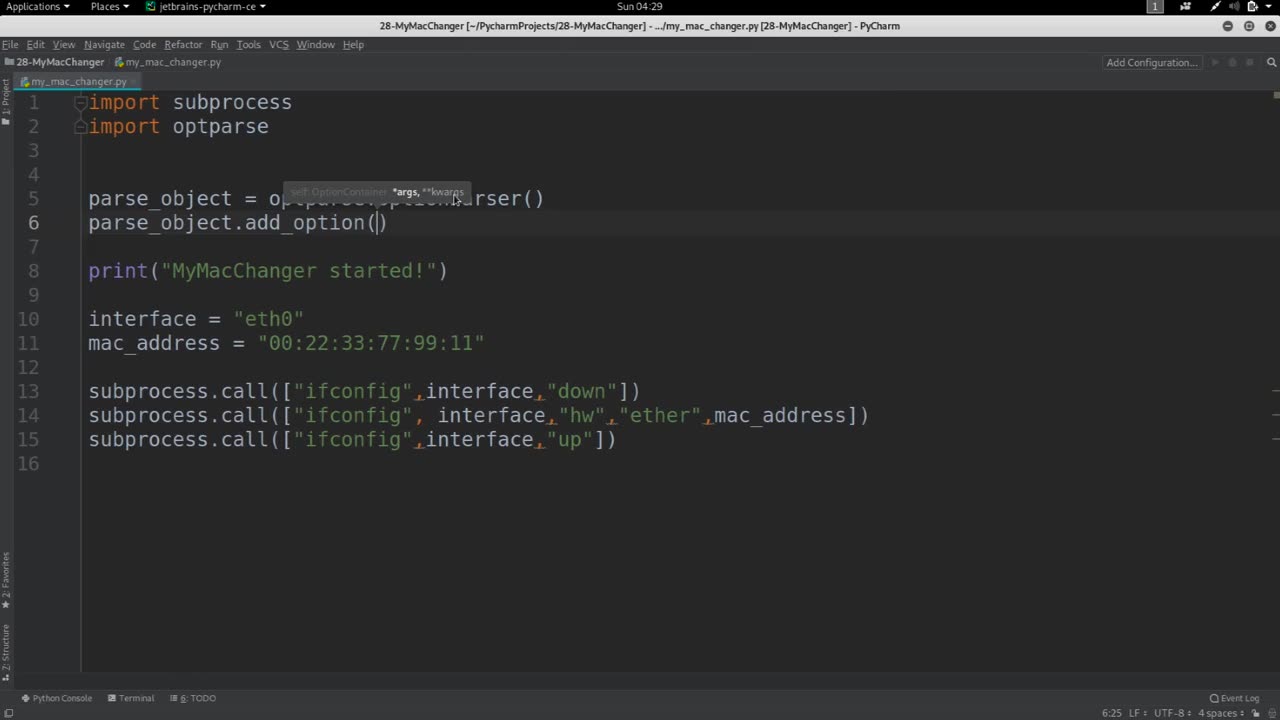Premium Only Content

Chapter-33, LEC-6 | Introducing Variables. | #ethicalhacking #education
#ethicalhacking #hacking #rumble #virel #trending #education
Subscribe to our channel YouTube channel.❤️
/@thecybersecurityclassroom
Followe me on Rumble.💕
/@the1cybersequrityclassroom
#hacking #growthhacking #biohacking #ethicalhacking #lifehacking #whacking #hackingout #happyhacking #brainhacking #travelhacking #househacking #brainhackingum #hackingtools
#bushwhacking #hacking_or_secutiy #porthacking#porthacking #belajarhacking #hackinginstagram #growthacking #biohackingsecrets #realityhacking #neurohacking #hackingnews #funnelhacking #mindhacking #funnelhackinglive #hackinglife #termuxhacking #learnhacking #bodyhacking #patternhacking #biohackingsuccess #ikeahacking #hackingorsecurity #russianhacking #traumahacking #shackingup #hackinghealth #growthhackingtips #wifihacking
In the context of MAC changer, introducing variables means creating placeholders for values that will be used in the program. These variables can store different types of data such as numbers, strings, and Boolean values, and can be assigned values at runtime.
For example, in a MAC changer program, you could create variables to store the current MAC address of the network interface, the new MAC address that you want to set, and a boolean flag to indicate whether the operation was successful or not.
By using variables, you can make your code more flexible and reusable, as you can change the values of these variables based on different inputs or conditions. This can be useful in situations where you want to automate the process of changing MAC addresses on multiple network interfaces, or if you want to perform the operation repeatedly with different MAC addresses.
Overall, introducing variables in a MAC changer program allows you to manipulate MAC addresses more efficiently and with greater control over the program's behavior.
-
 36:28
36:28
TheTapeLibrary
18 hours ago $11.54 earnedThe Disturbing True Horror of the Hexham Heads
74K7 -
 6:08:00
6:08:00
JdaDelete
1 day ago $6.72 earnedHalo MCC with the Rumble Spartans 💥
52.8K7 -
 3:52:22
3:52:22
Edge of Wonder
13 hours agoChristmas Mandela Effects, UFO Drone Updates & Holiday Government Shake-Ups
45.6K15 -
 1:37:36
1:37:36
Mally_Mouse
11 hours agoLet's Play!! -- Friends Friday!
48.3K1 -
 57:45
57:45
LFA TV
1 day agoObama’s Fake World Comes Crashing Down | Trumpet Daily 12.20.24 7PM EST
44.1K21 -
 1:27:17
1:27:17
2 MIKES LIVE
10 hours ago2 MIKES LIVE #158 Government Shutdown Looms and Games!
37.5K10 -
 1:07:34
1:07:34
The Big Mig™
15 hours agoVeteran, Patriot, Leader, Author Allen West joins The Big Mig Show
33.7K8 -
 1:06:47
1:06:47
The Amber May Show
1 day ago $1.42 earnedBloated CR Failed | What Did The View Say Now? | Who Kept Their Job At ABC| Isaac Hayes
20.3K3 -
 59:29
59:29
State of the Second Podcast
4 days agoAre We Losing the Fight for Gun Rights? (ft. XTech)
34.4K3 -
 1:00:10
1:00:10
The Nima Yamini Show
12 hours agoTragedy in Germany 🇩🇪 Suspected Terror Attack at Christmas Market – LIVE Updates from Germany
35.8K47